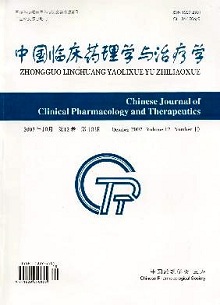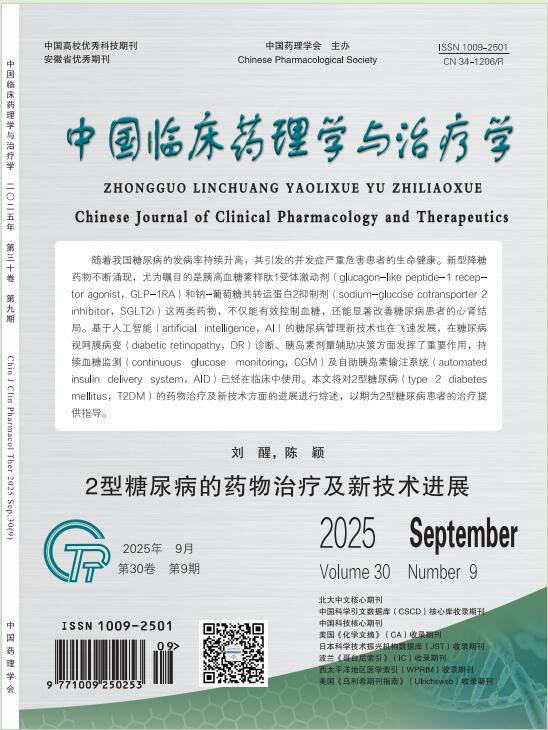Population pharmacokinetics of Guanxin Ⅱ prescription
CHEN Wen-qian, HU Yu-hui, ZHANG Yan-qing, ZHANG Guan-min, LI Liang, ANG Wei-ning, LU Wei
2007, 12(10):
1138-1143.
 Asbtract
(
125 )
Asbtract
(
125 )
 PDF (270KB)
(
96
)
References |
Related Articles |
Metrics
PDF (270KB)
(
96
)
References |
Related Articles |
Metrics
AIM: To evaluate the effect of components in Guanxin Ⅱ prescription on the pharmacokinetic profiles of paeoniflorin and ferulic acid. METHODS: Drug concentrations of rat plasmas after intravenous injection of paronia pall (PPE) or ferulic acid (FA) extract solution, as well as oral administration of PPE and FA solution, and different kinds of decoctions based on Guanxin Ⅱ prescription were determined by an HPLC system. NONMEM (nonlinear mixed-effect modeling) method was used to analyze the population pharmacokinetics of PF and FA. RESULTS: A two-compartment model with first order degradation in absorption phase, and an ordinary twocompartment model were adequately describe PF and FA pharmacokinetic profiles, respectively.The mean of PF population parameters, CL1, V1, CL2, V2, Ka0, and Ka1, were 0.509 L/h, 0.104 L, 0.113 L/h, 0.123 L, 0.135 h, and 0.0135 h, respectively, while the typical values of CL1, V1, CL2, V2, Ka1, and F in FA model were 0.295 L/h, 0.025 L, 0.0331 L/h, 0.0518 L, 0.110 h, and 0.40, respectively.Inter-individual variabilities were estimated and dose formulation (DF) was identified as a significant covariate in the model. CONCLUSION: The results indicate that the pharmacokinetic behaviors of index components in Guanxin Ⅱ prescription can be influenced by different dose formulations administrated in rats.


